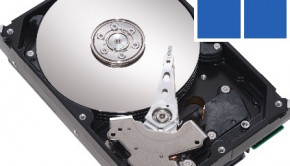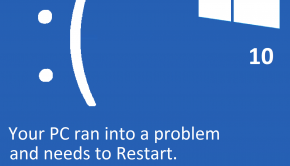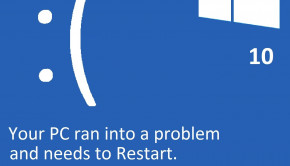Windows XP Troubleshooting
Reader Question:
“Hi Wally, I am having problems with Windows XP and wondering how to fix it?” - Robert D., USA
Before addressing any computer issue, I always recommend scanning and repairing any underlying problems affecting your PC health and performance:
- Step 1 : Download PC Repair & Optimizer Tool (WinThruster for Win 10, 8, 7, Vista, XP and 2000 – Microsoft Gold Certified).
- Step 2 : Click “Start Scan” to find Windows registry issues that could be causing PC problems.
- Step 3 : Click “Repair All” to fix all issues.
Setting up weekly (or daily) automatic scans will help prevent system problems and keep your PC running fast and trouble-free.
Wally’s Answer:
Overview of Windows XP
Windows XP is an operating system released by Microsoft in 2001. The “XP” part of the Windows XP name is a contraction of “experience.” It is the first operating system Microsoft developed around the needs of the consumer rather than the needs of a large enterprises.
As of January 2007, Widows XP held more than 75% of the market share worldwide. Currently, it holds almost 30% market share, the majority of its decline in the market share going to the other two Microsoft operating systems, Windows Vista and Windows 7. It is still one of the most widely used operating systems in the world.
Despite its huge popularity with consumers, Windows XP is no longer commercially available. Microsoft stopped selling the operating system in 2008, shortly after they released Windows Vista. Windows XP will continue to be supported by Microsoft until 2014.
Windows XP is popularly used on desktop and laptop computers. While Windows XP is most popular with consumers, it is still the preferred operating system for many businesses as well. It is also used in a variety of more specialized technologies like ATMs, portable media players and DVD vending machines.
What Problems are Associated with Windows XP?
One of the most common errors a user will encounter with Windows XP is a STOP error. These are usually presented with a blue screen and contain details about what caused the error. It is necessary to restart the computer when a STOP error is encountered.
A common STOP error is “FAULT_IN_NONPAGED_AREA.” This is often a memory problem. Sometimes it can be resolved by increasing the size of virtual memory allocated to the computer. Other times adding or replacing RAM will be necessary. In some cases, adjusting the configuration of the program that triggered the STOP error can help resolve the issue.
Another common error with Windows XP happens during start-up. The user is presented with a screen that states, “Checking File System on C: One or more of your disks needs to be checked for consistency.” When this message is presented, it is best to let the computer complete the check. If there is damage to the file system or data, this automated process can often recover the data and repair the damaged file system.
Sometimes, programs will need to be uninstalled and reinstalled. On occasion, this indicates a failing hard-drive and the hard-drive will need to be replaced.
I Hope You Liked This Blog Article! If You Need Additional Support on This Issue Then Please Don’t Hesitate To Contact Me On Facebook.
Is Your PC Healthy?
I always recommend to my readers to regularly use a trusted registry cleaner and optimizer such as WinThruster or CCleaner. Many problems that you encounter can be attributed to a corrupt and bloated registry.
Happy Computing! ![]()

Wally's Answer Rating
Summary: Every Windows Wally blog post is evaluated on these three criteria. The average of all three elements determines an "Overall Rating" for each blog post.














